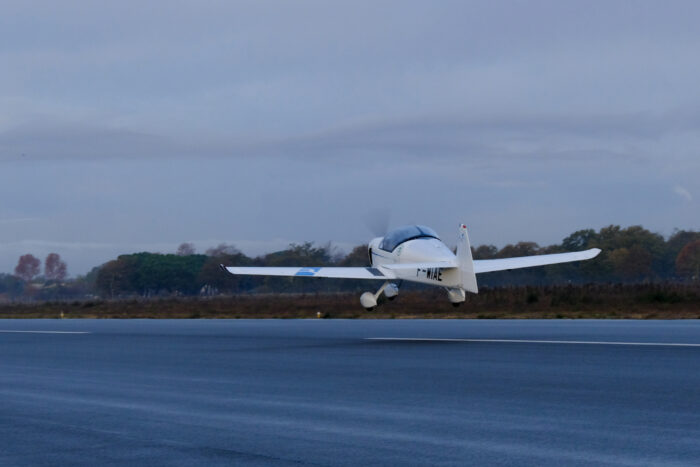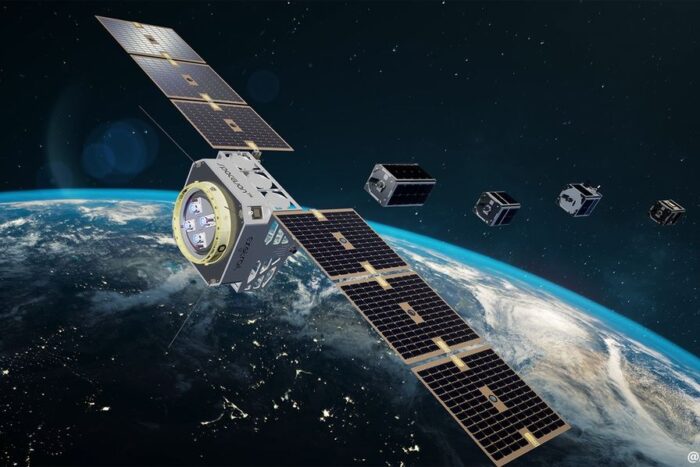CAILabs is presenting its new unique solution to improve the quality of free space optical communications (FSOC). By limiting the effect of atmospheric turbulence, TILBA is responding to the new needs of very accessible broadband everywhere, while increasing the range of laser communications. TILBA integrates passively into existing terminals to facilitate communications with satellites, autonomous vehicles or any other type of free-space optical link.
Rennes, France – CAILabs, a deep tech start-up that develops and produces a large range of light shaping components, announced the release of their TILBA, a totally passive optical component designed to increase the amount of light collected in free space communications. By using the diversity of light shapes (spatial modes) as well as a greater numerical aperture, TILBA improves the reliability of optical links, whatever the weather conditions. Its outputs, consisting of standard single-mode optical fibers, are compatible with traditional telecom components and easily integrate with existing detection systems. This product, derived from MPLC technology at the heart of a large number of CAILabs components, benefits from all the know-how already acquired by the company in the field of telecommunications.
TILBA will be showcased at ECOC in Rome, Italy from September 24 to 26, 2018 at CAILabs booth # 360.
The exponential growth of the amount of information exchanged is a real challenge for free space communications. In many areas, optical solutions are the most capable of meeting new throughput and range requirements. However, atmospheric turbulence restric ts the reliability and availability of long-distance optical links.
TILBA is based on an unprecedented approach to counteract the influence of atmospheric turbulence.
Unlike current technologies such as adaptive optics, with which it can be complementary, TILBA is a totally passive component that increases the amount of light received.
“All sectors need to increase the throughput of their communications but not all of them can be connected to optical fiber. Downloading HD images from a drone or satellite requires huge bandwidth. Laser communications provide this, but they are hindered by atmospheric disturbance”, says Pu Jian, VP Product Management & Partnerships at CAILabs.
“With TILBA, we want to enable these players to transmit their data reliably and quickly. We are also studying other areas of application such as the deployment of temporary networks, for example, after a natural disaster or during a military operation, or the increased range of LiDAR systems”, she continues.
Key Features
• Greater reliability of optical links, even in the case of strong atmospheric turbulence
• 3 to 10 demultiplexed modes for modal diversity
• Greater numerical aperture on reception
• Compatible with standard telecom components (SMF)
• A totally passive product
• Specific packaging for airborne applications






